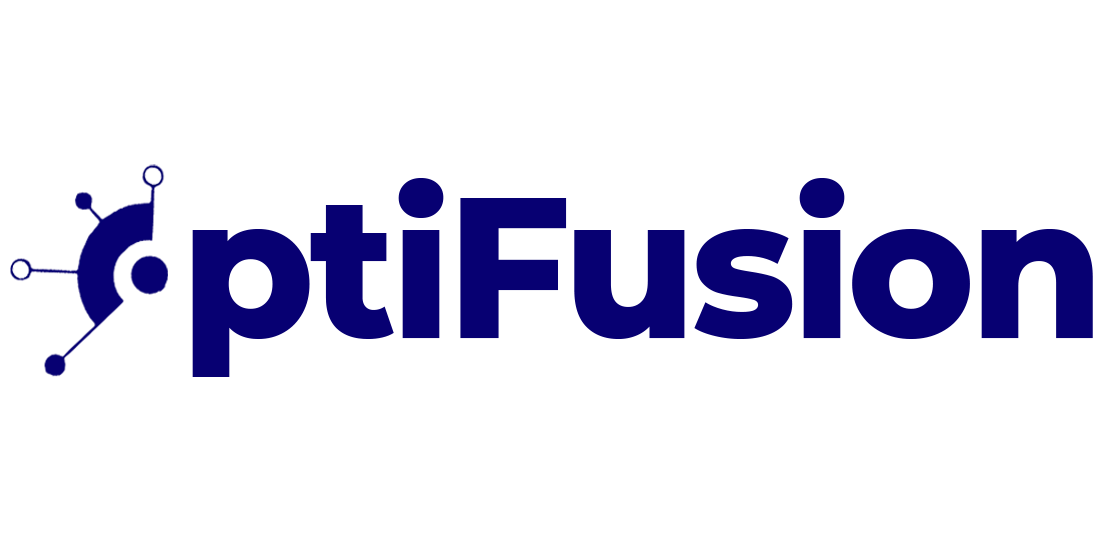When deciding between free and paid website analytics tools, the best value depends on your business needs, budget, and the level of insight you require. Free tools, such as Google Analytics, offer valuable baseline data, like traffic sources and user behavior, making them a great option for small businesses or individuals starting out. On the other hand, paid tools like SEMrush or Hotjar provide more advanced features, including detailed competitor analysis, heatmaps, and user recordings, which are particularly beneficial for larger enterprises or businesses looking to optimize their website with deeper insights.
Ultimately, if you’re looking for basic metrics and cost savings, free tools can be sufficient. However, if your goals require precise data, specialized reporting, and more detailed insights to grow your business, investing in a paid analytics tool could provide greater value in the long run.
Why are website analytics important?
Website analytics tools allow you to track visitor behavior, measure performance, and gain insights into how users interact with your site. They provide essential metrics such as traffic sources, page views, bounce rates, and conversion rates. Armed with this information, you can make data-driven decisions to improve user experience, boost conversions, and optimize your marketing efforts.
Types of analytics data
There are different types of data you can gather from website analytics, including:
- Traffic data: Information about where your visitors come from (e.g., organic search, paid ads, social media).
- Behavioral data: Insights into how visitors navigate your site (e.g., which pages they visit, how long they stay).
- Conversion data: Tracking whether visitors complete desired actions, like signing up for newsletters or making purchases.
Free website analytics tools
Now, let’s take a closer look at the free options available in the website analytics landscape.
Overview of free tools
Free tools are great for those starting out or for businesses with limited budgets. These tools offer basic insights that can help improve your website’s performance.
- Google Analytics: The most popular and widely used free tool is Google Analytics. It offers a comprehensive range of features, from tracking visitor demographics to monitoring real-time traffic. Best of all, it’s free for anyone to use, making it an ideal starting point for small businesses.
- Matomo: Matomo is an open-source alternative to Google Analytics. It offers more control over your data and allows you to host the analytics on your own server, which is a plus for those concerned about privacy.
- Open Web Analytics (OWA): Another great open-source option is Open Web Analytics (OWA). While it doesn’t have the extensive features of Google Analytics or Matomo, it provides solid basic data tracking.
Pros of free website analytics tools
- Cost-effective: Free tools come with no financial investment, making them accessible to everyone.
- Basic features: Most free tools offer core analytics features that are useful for understanding visitor behavior.
- Easy to set up: Free tools, especially Google Analytics, are relatively easy to install and use.
Cons of free website analytics tools
- Limited features: Free tools often lack advanced features, such as heatmaps, session replays, or in-depth reporting.
- Data sampling: Some free tools, like Google Analytics, use data sampling for large data sets, which can lead to inaccurate reports.
- Less support: With free tools, you’re typically on your own when it comes to troubleshooting and support.
Paid website analytics tools
For businesses looking for more comprehensive insights and specialized features, paid tools can offer the advanced data you need.
Overview of Paid Tools
Paid tools often come with features that cater to specific needs, whether it’s heatmaps, funnel analysis, or more detailed reporting.
- SEMrush: SEMrush is known for its in-depth keyword tracking and competitor analysis. While primarily an SEO tool, its analytics features offer valuable insights into traffic trends and website performance.
- Crazy Egg: Crazy Egg specializes in heatmaps and scroll maps, which show you how users interact with your web pages. It also includes A/B testing features, allowing you to optimize your site design and content based on real user behavior.
- Hotjar: Similar to Crazy Egg, Hotjar focuses on heatmaps and session recordings, providing detailed insights into how visitors interact with your website. This is particularly useful for optimizing user experience.
Pros of paid website analytics tools
- Advanced features: Paid tools offer a wide range of features, including heatmaps, session recordings, and funnel analysis.
- Accurate data: Most paid tools provide more accurate and comprehensive data compared to free tools.
- Dedicated support: You often receive better customer support, ensuring that any issues you encounter are resolved quickly.
Cons of Paid Website Analytics Tools
- Cost: The most obvious downside is the price. Some tools can be expensive, which may not be feasible for small businesses.
- Complexity: Paid tools can have a steep learning curve due to their advanced features.
- Overkill for small websites: For smaller sites with basic needs, the extra features may not provide enough added value to justify the cost.
Comparing Free vs. Paid tools
When it comes to choosing between free and paid tools, there are several key factors to consider.
- Features Comparison: Free tools like Google Analytics provide essential features, but paid tools often have more advanced options. For example, tools like Crazy Egg offer heatmaps, while SEMrush provides in-depth SEO data that free tools lack.
- User-Friendliness: Free tools are generally easier to use, making them ideal for beginners. Paid tools, while more powerful, can be complex and require more time to learn.
- Data Accuracy and Depth: Paid tools generally offer more accurate data and deeper insights. For instance, Google Analytics may sample data for large websites, which can lead to less precise reports, whereas paid tools often avoid this issue.
- Scalability for Businesses: As your business grows, you may outgrow free tools. Paid tools provide more advanced reporting and analytics features that scale with your needs, making them a better long-term solution for growing enterprises.
Which option is right for your business?
Ultimately, the choice between free and paid website analytics tools depends on your business size, budget, and specific needs.
- Small Businesses vs. Large Enterprises: Small businesses or startups might find free tools sufficient for their needs, especially if they’re just starting to track website performance. However, as your website grows and your analytics needs become more complex, you may want to consider a paid tool.
- Budget Considerations: For many small businesses, the price of a paid tool may be a deciding factor. If your budget is tight, free tools like Google Analytics will still provide valuable insights. However, if you have the budget, investing in a paid tool can offer a better return in terms of data accuracy and depth.
- Specific Needs and Goals: If you need specific features, like heatmaps, session recordings, or advanced SEO data, then paid tools will provide far more value. For more basic tracking, free tools can still be effective.
Conclusion
In the battle of free vs. paid website analytics tools, the decision boils down to what you need and can afford. Free tools like Google Analytics provide essential insights that can benefit most small businesses. However, if your business requires more advanced data and features, paid tools can offer the level of detail and accuracy you need to make informed decisions. Weigh the pros and cons carefully before making a choice, and remember that you can always start with free tools and upgrade as your needs grow.



